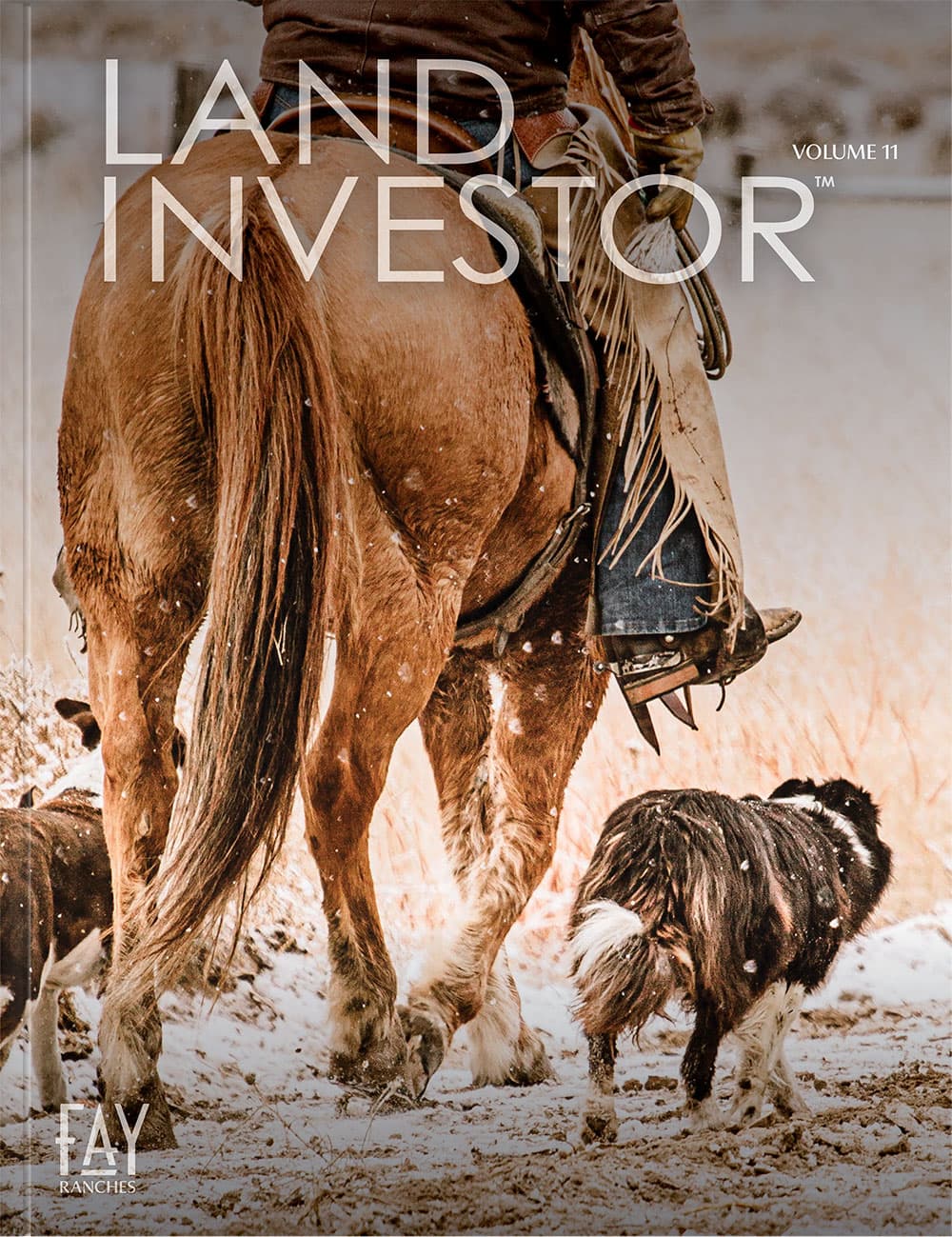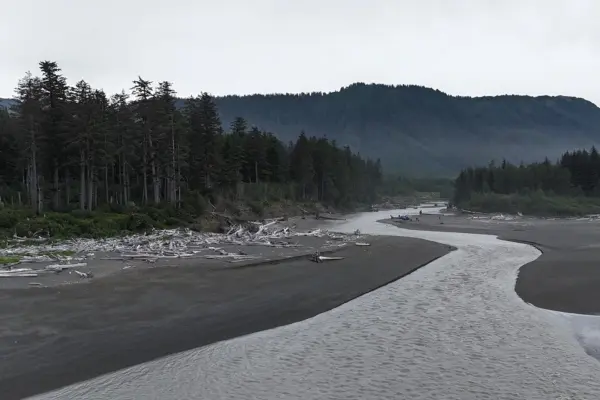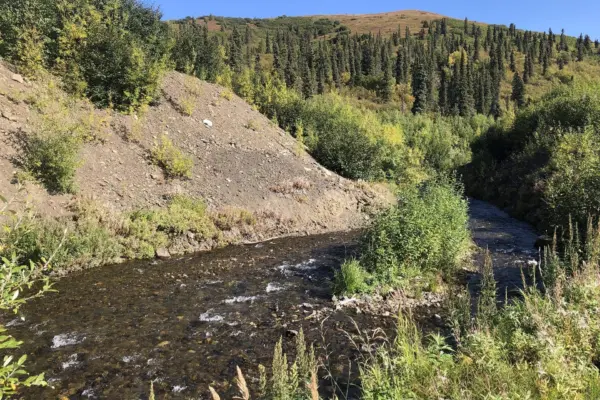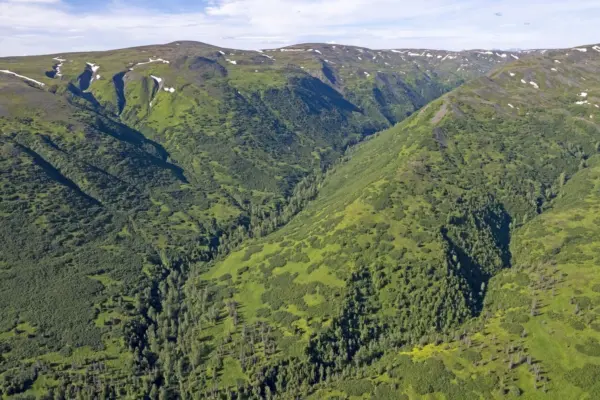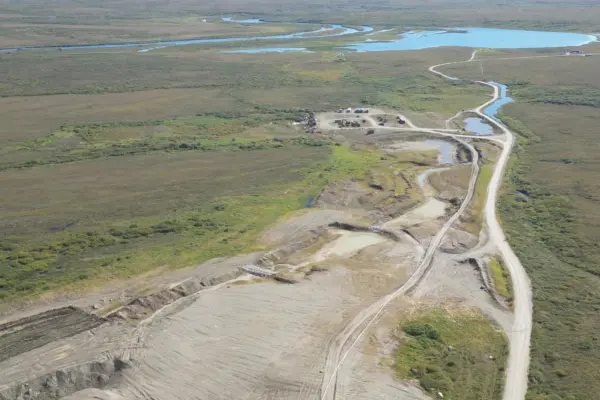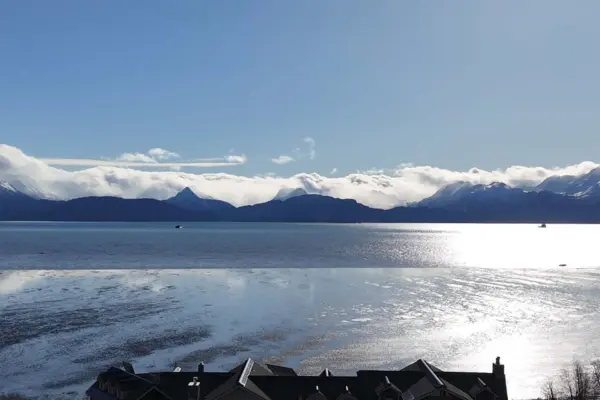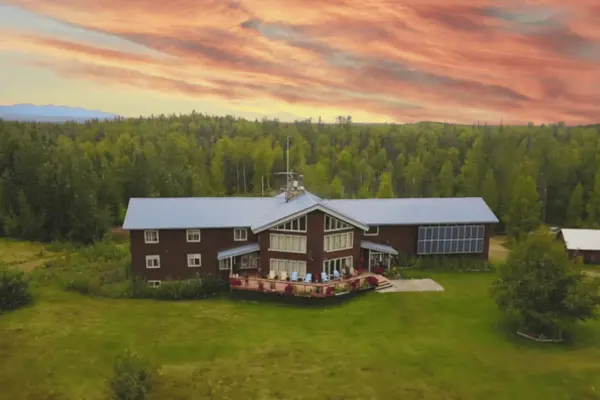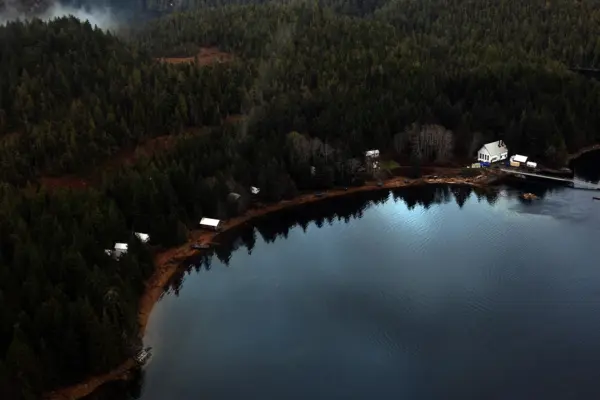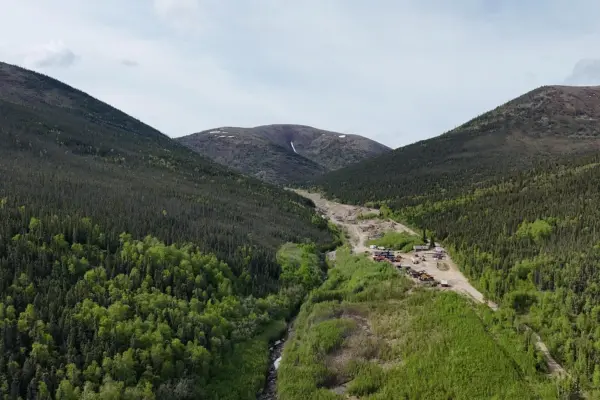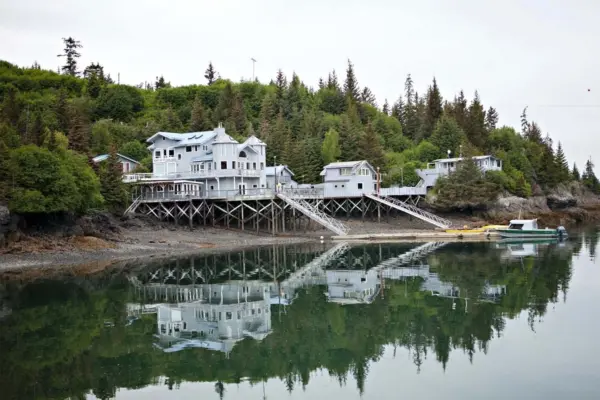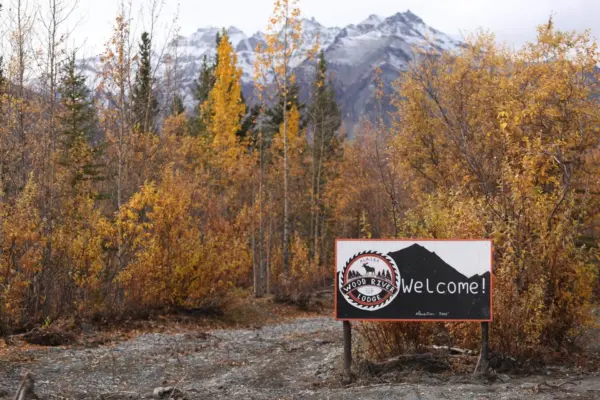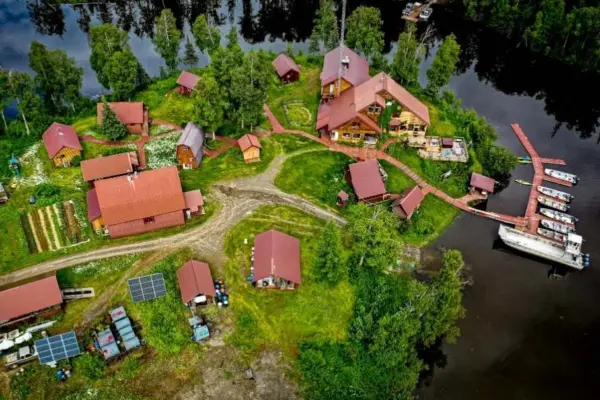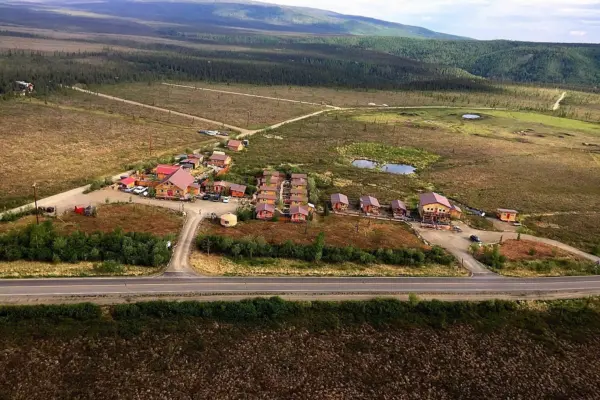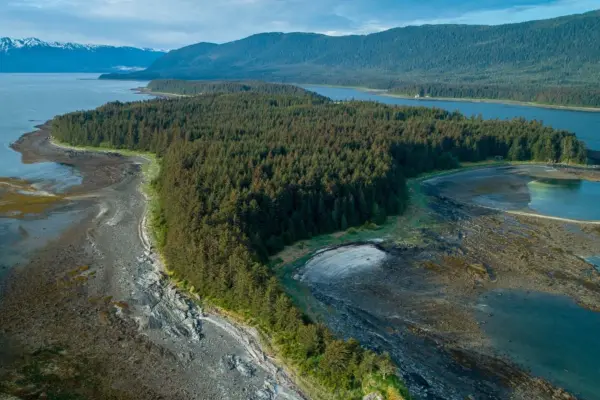Alaska is one of the most amazing places on earth and continues to inspire people from around the world to visit the pristine wilderness and breathtaking scenery. Alaska appeals to the extreme adventurer, outdoor enthusiast, and big game hunter; whether the inspiration comes from reading Jack London’s Call of the Wild or a trip to Alaska to go fishing, Alaska fosters intrigue and some degree of romanticism for the adventurer and thrill seeker in us all sometime in our lifetime. Alaska is the largest state in the Union and covers approximately 663,000 square miles or roughly more than two times the size of Texas. With 6,640 miles of coastline, Alaska remains one of the least populated states in the Nation, with a population of 736,000 people, according to the United States 2020 Census.
The degree to which those of us intrigued by Alaska wish to engage varies. Some Alaska adventurers are content to watch TV shows about Alaska, others enjoy Alaska from the comfort of a cruise ship, and some prefer to see Alaska through a windshield. There is another group, however, who covet the true Alaska wilderness experience and lifestyle as landowners, lodge owners, fishing boat captains, hunting guides, and a new emerging industry of wilderness eco-tourism. Because Alaska is so large and geographically diverse, the following are basic guidelines whether you are a buyer or seller, here are some things to consider.
For Buyers, Alaska fee land ownership and acquisition is not unlike any experience you may have in the lower 48 states.
Vacant Land - If vacant land is the objective, there is typically a decent supply of offerings from 1-5 acre vacant land and waterfront properties and, by Alaska standards of private offerings, “larger” properties 40 - 100 acres. Rarely does a larger property come to market; larger in this context is 240 acres or more. From time to time, truly iconic trophy-type vacant land offerings will come to market. These properties are typically waterfront, and their proximity to supplies, fuel, and services is reasonable by Alaska standards. Access is bi-model; water and air access, for example, and the addition of road access would make it tri-model access. Lands with only one mode of access, if not by road, are less in demand. The optimal time to view an Alaska property is from early June – August, when summer is in full swing. In early June, most of the snow has melted, and there are 20+ hours of daylight and towards the end of August temps are cooler, and mosquito populations are down.
Float planes are abundant, and it’s not difficult to get access this way to remote properties with lakes and rivers. Saltwater access via float plane is not uncommon, but these flights are impacted by weather, tides, and sea state, so they are not as reliable. Boat access is very reliable in Alaska, and most Alaskans are as comfortable in their boat as they are in their cars. Rural roads in Alaska can be challenging, but by June most are dried up sufficiently so that 4-wheel drive access is not unreasonable. There is another mode of transportation used in Alaska for overland treks; UTV’s and, more recently, the introduction of sherps. Both off-road vehicles can carry sufficient equipment and supplies to get a buyer overland to see some incredible Alaska offerings. Winter travel is not off the table completely as Ski Planes, Snowmobiles, UTV’s and sherps are often used during the winter to access a property. However, travel in the wilderness in the dead of winter is not usually recommended until the bogs, ponds, lakes, streams, and rivers have frozen thoroughly, making overland travel relatively safe by Alaska standards. Logistics in Alaska have improved greatly over the last 30 years, but remote Alaska properties are still just that, remote.
